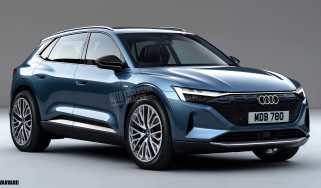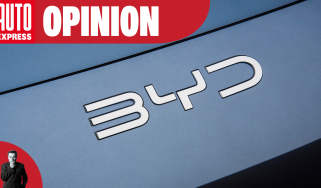Braking
Bringing your car to a halt in the shortest time possible is essential.
So which rubber is top of the stops? You need all the help you can get during those heart-in-mouth moments when the traffic in front suddenly stops. Today’s electronics prevent wheels locking and bring the car to a halt in the shortest possible distance, but that can vary by up to four metres depending on the tyres fitted.
As with all tyre tests, the biggest differences are on wet roads, and here Kumho proved that it really knows how to build a great tyre for wet conditions by taking the top spot.
The Ecsta brought our Passat to a halt from 50mph in just under 24 metres. But the result was a close-run thing, as Toyo and Michelin were only fractions behind. The next four were equally tightly packed, and were headed by Uniroyal. Maxxis, Vredestein and Goodyear rounded off the top six.
Wet braking puts the emphasis on compound rather than the tread pattern needed for aquaplaning, which explains the latter two's better performance in this sector.
Next up is another quartet with little to choose between them, as Hankook and Continental narrowly led Bridgestone and Yokohama. But needing to do some work on their compounds are Fulda and BFGoodrich.
A great wet grip pattern simply wasn’t matched by the compound for BFGoodrich, and it took four metres more than our winner to stop. Fulda, meanwhile, finished in second last position.
When the road dries, the tyre with the most rubber on the tarmac will perform best. Here, BFGoodrich went from zero to hero, topping the results by a healthy margin as the Passat was halted in only 35.7 metres.
Continental was second, but needed nearly another metre to stop, yet the PremiumContact2 was clear of the chasing pack. Kumho came home third ahead of Bridgestone, while Michelin was a distant fifth.
Dunlop was narrowly ahead of Maxxis, Hankook and Toyo, while Uniroyal, Vredestein and Goodyear had a tougher time. Their water-shifting treads mean less rubber is in contact with the road, and as a result they needed another two metres to stop compared to BFGoodrich.
Finding Yokohama at the bottom of the table was a surprise, as it usually fares best in dry conditions. Fulda and Pirelli also failed to shine, as their wet braking scores were poor.






